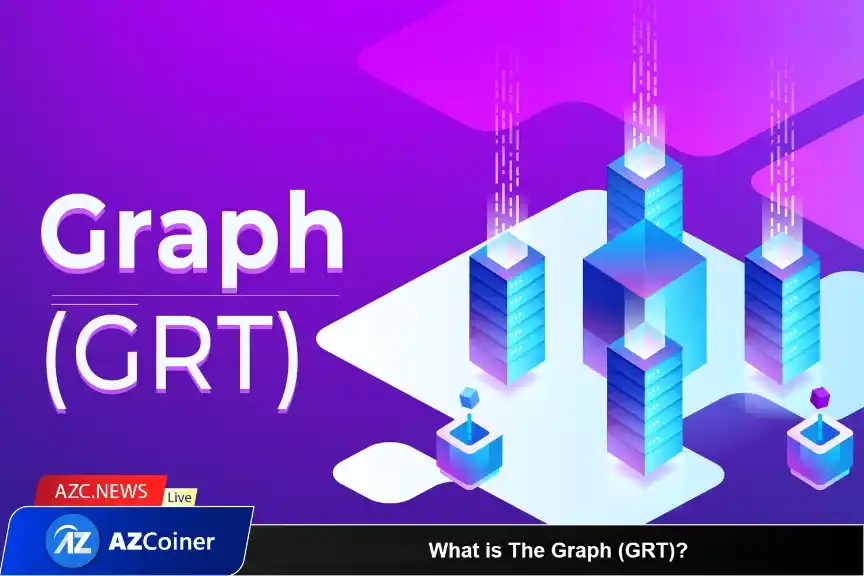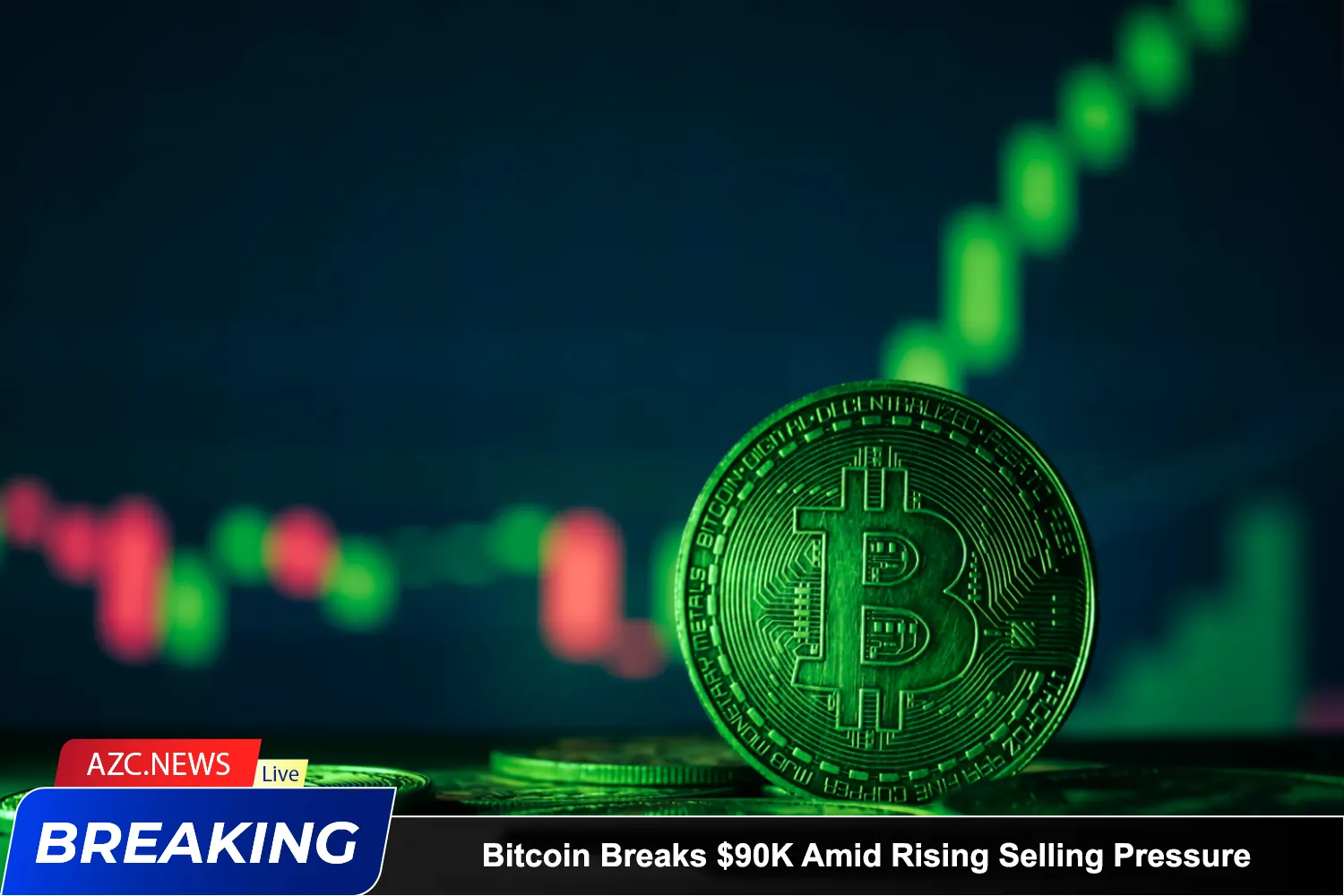What is The Graph?
The Graph is a special AI application protocol that allows creating indexes and querying data from many different Blockchains. What’s special is that The Graph is open to everyone to access, build and publish APIs, called Subgraph. Subgraph simplifies the process of accessing data from Blockchain.
Currently, The Graph has integrated with many Blockchains such as Ethereum, Polkadot, Near, Fantom, Solana, Celo… even including Ethereum’s Layer 2 solutions such as Polygon, Arbitrum, Optimism.
What problem does The Graph solve?
From the user’s perspective, they care little about whether an application is decentralized (Decentralized) or centralized (Centralized). What they really care about is high-performance applications that work quickly and at lower costs.
If applications do not meet this requirement, they will gradually be replaced by other solutions that are actually more effective. One of the big issues is the ability to access data directly from Blockchains.
Data from Blockchain is often not stored in a convenient format for use in decentralized applications (Dapps). It needs to be classified, organized and processed so that Dapps can process it more easily and smoothly.
If you look at how The Graph works, it can be said that it is solving a major challenge related to providing data for Dapp applications on the Web 3.0 platform. The Graph can be seen as a gateway opening to Web3.
What is The Graph’s solution?
The Graph’s solution is to create a protocol that allows anyone to access, build, and publish APIs called Subgraph. Subgraph simplifies the process of accessing data from Blockchain.
All data is encrypted, stored and processed on-chain with verifiable integrity. Through API, The Graph supports querying this data quickly, reliably and securely.
https://thegraph.com/
Components inside The Graph
The Graph ecosystem will include the following components:
-
Indexers: Node creators in The Graph network. Indexers will stake GRT Tokens to provide Indexing and query processing services. They earn query fees and inflation rewards, and compete with each other to provide the best service at the lowest price.
-
Curators: Subgraph developers. They sort the data and determine which Subgraphs are useful and accurate. Curators can earn GRT Tokens through this process.
-
Delegators: People who want to participate in securing The Graph Network but may not want or know how to program to become Curators or Indexers. Delegators can delegate their GRT Tokens to Indexers to share rewards.
-
Consumers: End users of The Graph. They use data query services from Indexers, and this fee is shared between Indexers, Curators and Delegators proportionally. Consumers can be developers or projects that want to query data from the Blockchain for their applications, similar to the cost of AWS or cloud services.
Detailed information about GRT token
Key Metrics GRT
-
Token Name: The Graph.
-
Ticker: GRT.
-
Blockchain: Ethereum.
-
Contract: 0xc944e90c64b2c07662a292be6244bdf05cda44a7
-
Token type: Utility.
-
Token Standard: ERC-20.
-
Total Supply: Not fixed.
-
Circulating Supply: 4,715,735,200 GRT.
-
Total Initial Token Supply: 10,000,000,000 GRT with annual inflation of about 3%.
Due to Burning, Total Supply is calculated using the formula:
Maximum Token supply = 10B minted + new issuance – burningC
Token Use Case
GRT is the Native Token in The Graph ecosystem and is used for the following purposes:
-
Query fee: Is the fee paid by consumers to Indexers, Curators and Delegators.
-
Network inflation rewards: Will be shared between Indexers, Curators and Delegators based on their GRT Token Stake.
-
Protocol Sinks & Burns: A portion of query fees are burned, expected to start at ~1% of total protocol query fees and may scale in the future.
GRT Token Allocation
-
Community: 35%.
-
Early Team & Advisors: 23%.
-
Early Backers: 17%.
-
Backers: 17%.
-
Edge & Node: 8%.
GRT Token Release Schedule
GRT Token release & unlocking schedule
How to earn and own GRT Token
Currently you can own GRT tokens in the following ways:
-
Join The Graph ecosystem. Anyone can be an Indexer, Curator or Delegator.
-
Staking.
-
Bug Bounty program to help find security vulnerabilities.
-
Participate in hackathons.
GRT Token exchange
Currently, this token is traded on many different exchanges with a total daily trading volume of about 72 million USD. Exchanges listing this token include: Binance, Coinbase, OKX, Kraken, AAX, MEXC Global, …
Wallet stores GRT tokens
GRT is token ERC-20, so you can store it on wallets that support this standard such as:
-
Metamask
-
MyEtherWallet
-
Trust Wallet
Related: The Graph (GRT) Coin Price Prediction – 2024, 2025, 2030
Team
There is not much information about the Team, but it is known that it has worked together on a few previous projects.
Investors
The Backed staging of The Graph project is quite high quality. The VCs segment has a few prominent names such as: Coinbase Venture, DCG,…
Conclude
Through the above overview article about The Graph (GRT) project, AZC.News hopes readers will grasp basic information about this project to make their own investment decisions. Wishing you a successful investment!







